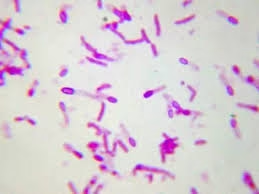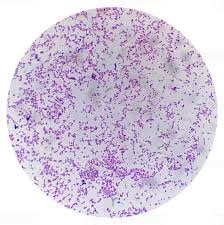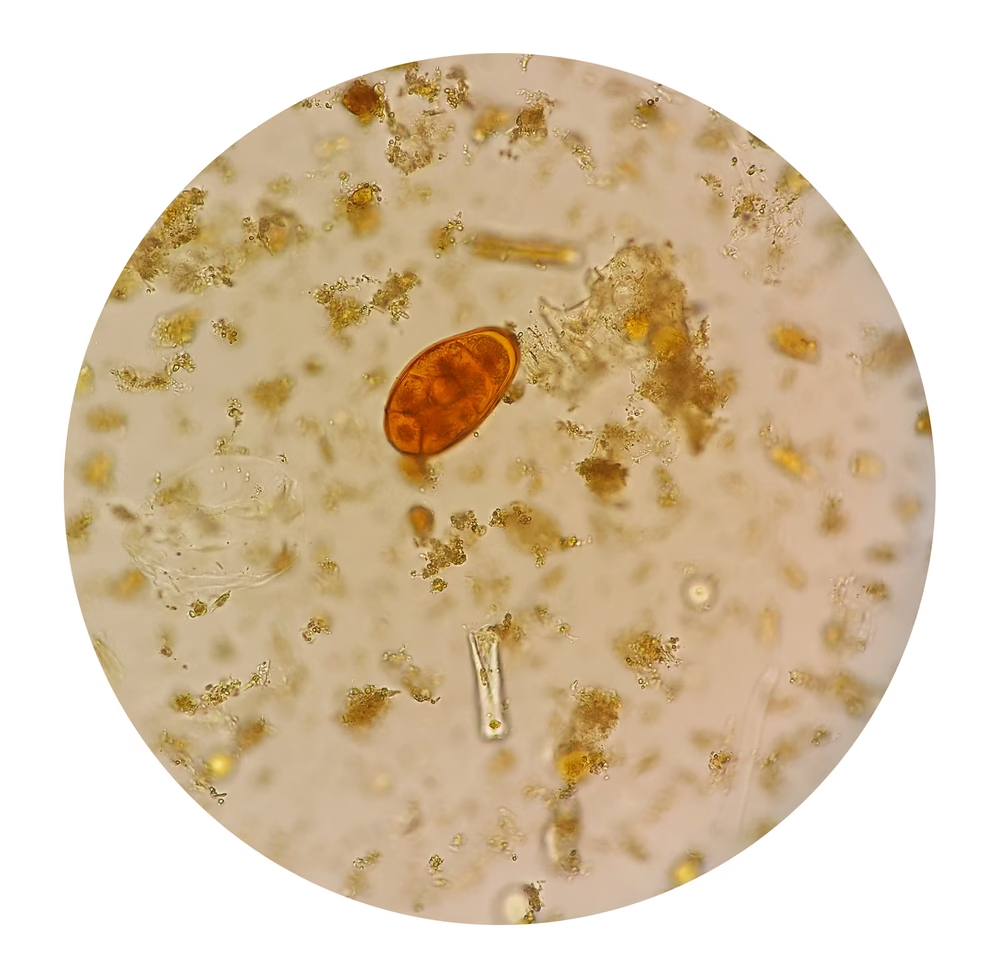
Principle Spore staining relies on the ability of spores to resist conventional staining methods due to their tough, multi-layered coats. The principle of spore staining involves using a special dye Read More …
Simplifying Allied Health Learning.

Principle Spore staining relies on the ability of spores to resist conventional staining methods due to their tough, multi-layered coats. The principle of spore staining involves using a special dye Read More …

Principle Albert’s stain works based on the unique ability of Corynebacterium species to accumulate metachromatic granules in their cytoplasm. These granules are a result of the accumulation of polyphosphate. The Read More …

Principle The principle of AFB staining hinges on the unique properties of mycobacterial cell walls. These bacteria contain a high concentration of mycolic acids, which make their cell walls impervious Read More …

Principle Gram Staining is a differential staining technique developed by Hans Christian Gram in 1884. It works on the basis of differences in the cell wall structure of bacteria. The Read More …

Principle Staining techniques is to improve the visibility of intestinal parasites (ova, cysts, trophozoites) within stool samples through selective staining and preservation methods. These techniques enhance the differentiation between parasitic Read More …